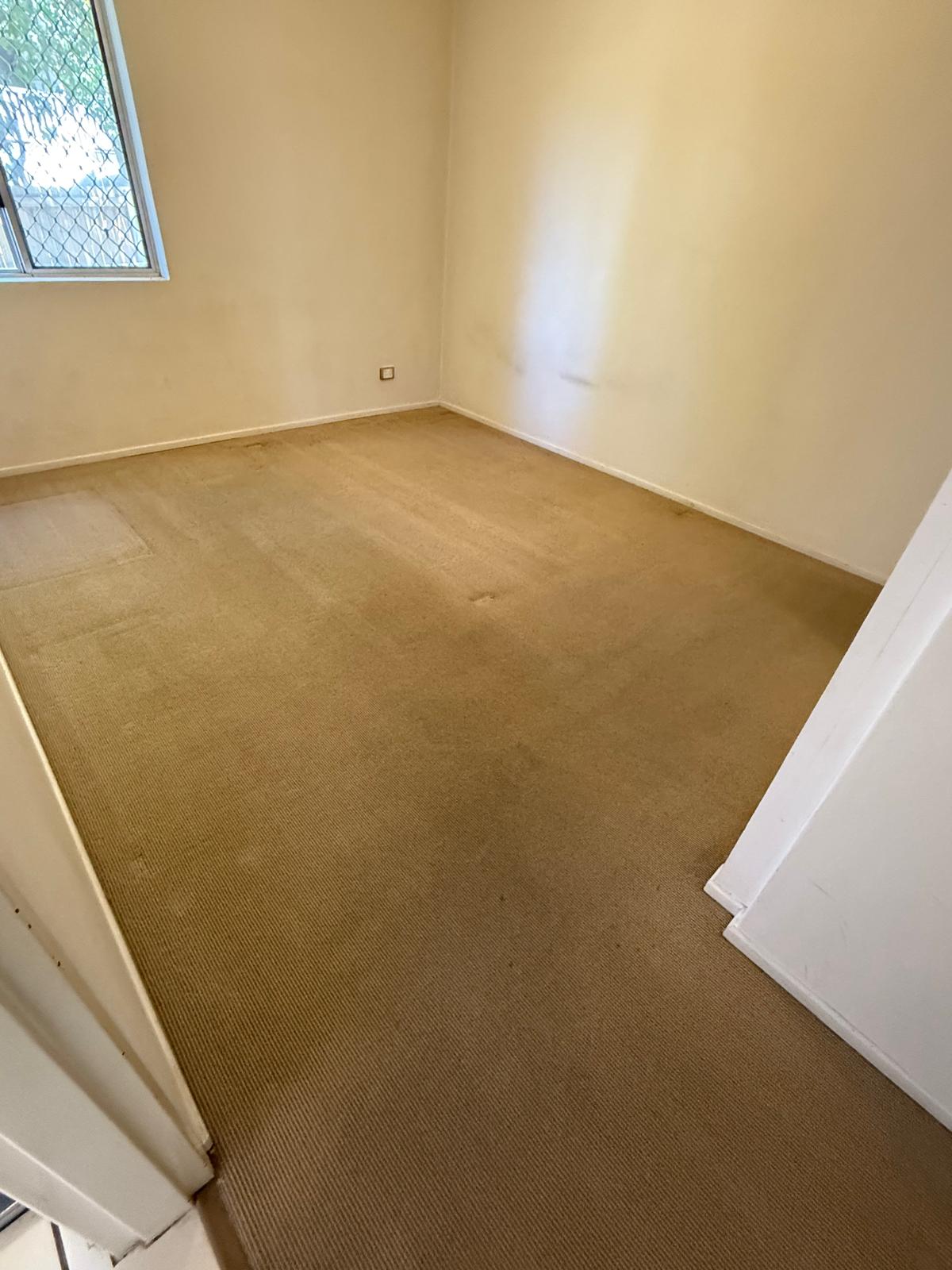If your linen cupboard is hiding frayed bath towels and faded hand towels, don’t bin them—upcycle them. Cotton terry is super-absorbent, tough, and perfect for reusable rags you’ll reach for daily. Here’s a simple, step-by-step guide to turn old towels into a labelled, colour-coded rag kit that makes cleaning faster and greener.
What You’ll Need
-
Clean old towels (bath, hand, or face)
-
Fabric scissors or rotary cutter + mat
-
Ruler/straight edge & fabric chalk
-
Optional edge finishes: sewing machine/serger, pinking shears, or hemming tape
-
Permanent fabric marker or iron-on labels
-
Small bins or jars for storage
Internal link idea: Starting a low-waste routine? See our eco-friendly methods in Residential Cleaning or kick off with a whole-home Deep Cleaning.
Step 1: Pre-Wash for Maximum Absorbency
Wash towels hot once (no softener—softeners coat fibres and reduce absorbency). Dry fully. This pre-shrinks and fluffs the terry so your cuts are true.
Step 2: Pick the Right Sizes (cut once, use forever)
Use this cut map to cover every task at home:
-
12×12 in (30×30 cm): general wipe-downs, bathrooms, glass after a final buff
-
8×10 in (20×25 cm): kitchen counters, appliance fronts, spills
-
5×7 in (13×18 cm): spot tasks, polishing taps, quick disinfect jobs
-
Strips (4×12 in / 10×30 cm): baseboards, blinds, edge detailing
Mark, then cut long strips first and cross-cut to reduce fraying and waste.
Internal link idea: Pair your new rag kit with our Speed Cleaning Checklist for a 10-minute daily reset.
Step 3: Finish the Edges (three easy options)
-
Fastest (no-sew): Trim with pinking shears. Good for light use; expect some lint first wash.
-
Sturdy (low-sew): Fold a 6–8 mm hem and fuse with hemming tape; press to seal.
-
Pro finish (sew/serge): Zip around edges with a zig-zag or serger for a rag that lasts years.
Tip: Round the corners; they don’t curl after washing.
Step 4: Label & Colour-Code (hygiene made simple)
-
Blue = Glass/Windows
-
Green = Kitchen/Benches
-
Yellow = Bathroom Surfaces
-
Red = Toilets/High-risk
-
Grey = Dust/General
Write on hems with a fabric marker or add small corner labels (“GLASS”, “BATH”). This prevents cross-contamination and speeds up clean-ups.
Internal link idea: Want a pro routine that mirrors this colour-coding? Explore our Recurring Cleaning plans.
Step 5: Build a Grab-and-Go Storage System
-
Keep 3–5 cloths per zone (kitchen, bathroom, laundry).
-
Use open bins or glass jars under each sink.
-
Hang a small mesh laundry bag nearby—used cloths go straight in.
How to Use Your Rags (and get streak-free results)
-
Two-cloth method (kitchen & bath): one damp with cleaner, one dry to buff.
-
Glass & mirrors: ultra-wrung cloth + dry buff cloth; no paper towels needed.
-
Grease & ovens: dedicate darker rags; pre-treat with a tiny dab of degreaser.
-
Floors & skirting: wrap a rag around a flat mop head and secure with clips.
Internal link idea: For move days or after renos, let us tackle the heavy lift: Move-In/Move-Out Cleaning · Post-Construction Cleaning.
Wash & Care: Keep Them Fresh, Fast, and Long-Lasting
-
After use: Rinse hot, wring hard, drop into the mesh bag to air.
-
Laundry: Wash hot or warm with oxygen bleach (no chlorine); skip fabric softener (reduces absorbency).
-
Sanitise option: Add a peroxide-based laundry booster.
-
Drying: Line-dry in sun when possible (natural deodoriser), or tumble low.
-
Lifespan: Retire thinning rags to outdoor/garage duty; compost 100% cotton when fully worn (cut off labels first).
Why Upcycling Towels Beats Disposable Wipes
-
Saves money: One towel yields 8–16 rags you’ll reuse for years.
-
Cuts waste: Fewer single-use wipes and plastic packaging.
-
Better results: Terry loops lift grime; plush pile traps dust and hair.
-
Custom kit: Sizes and colours tailored to how you clean.
Quick Starter Kit (copy/paste checklist)
-
☐ 4 × 12×12 in glass cloths (blue)
-
☐ 6 × 8×10 in kitchen cloths (green)
-
☐ 4 × 8×10 in bathroom cloths (yellow)
-
☐ 2 × 5×7 in polishers (blue/grey)
-
☐ 2 × 4×12 in edge/detail strips (grey)
-
☐ Mesh laundry bag + small caddy per sink
-
☐ Oxygen bleach booster (no softener)
Internal link idea: See how we protect surfaces with the right cloth + chemistry combo in About, or get a quote via Contact. Check coverage on Service Areas.
FAQs
What towel types work best?
100% cotton terry or cotton-rich blends. Microfibre towels are fine too, but edge-finish them to minimise lint.
How do I stop musty smells?
Rinse hot after use, let rags dry before the hamper, and add an oxygen booster on wash day. Sun-dry when possible.
Can these replace paper towels entirely?
For most tasks, yes. Keep a small roll for raw-meat spills if you prefer disposable in high-risk situations.


 Blog
Blog